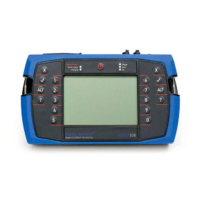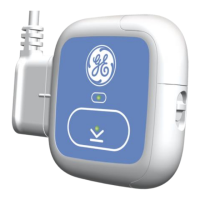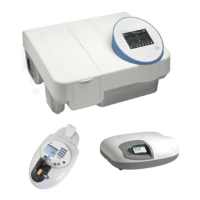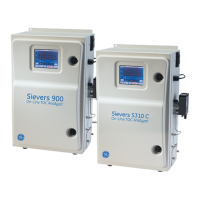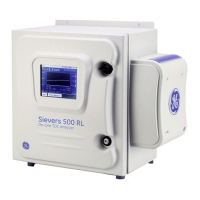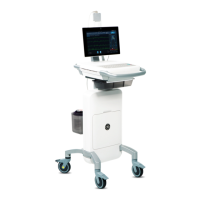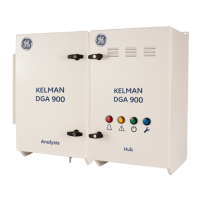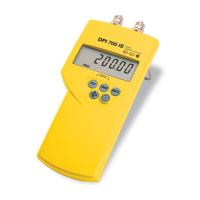Section 4 — Measurement Types and their Uses
90
1 — Plan Impact Test Routine
We recommend you draw a quick sketch of the machine you are
investigating and number the points you plan to impact “1”, “2”, “3”, etc.
Doing so will ensure you can specify the names, locations, and directions
for your impacts once you have executed these.
NOTE: You can either use a pre-defined machine structure that you
have already downloaded to your instrument, or create the
machines and points as you execute the impact tests.
2 — Setup
Before you can use your instrument to do a modal impact test recording,
you will need to specify the appropriate settings for your channels and
sensors (e.g. spectral parameter settings such as Fmax, Fmin, lines, and
number of averages). Selecting the appropriate settings will enable you
to measure the frequency of interest on the machine you are examining.
EG: You might want to measure two channels with 3 kHz Fmax.
To set up the channels and sensors on your instrument:
1. Press or Measure.
2. Use the navigation arrows to select Modal Impact Testing > Press
.
3. Select your preferred FRF type — Accelerance/Mobility/Compliance:
a. Press Store Units.
b. Use the navigation arrows to select your preferred unit > Press
.
NOTE: This selection is the modal equivalent of choosing between
acceleration, velocity, and displacement. Consequently,
Accelerance is the better choice for very high frequencies, and
compliance for very low frequencies. Frequency Response
Function (FRF) units are derived automatically based on your unit
selection.

